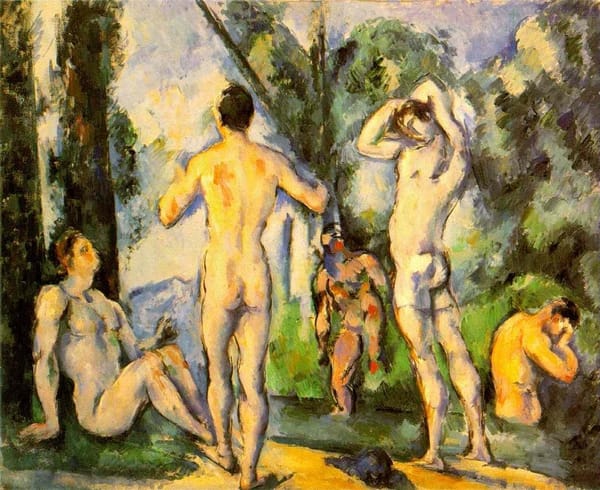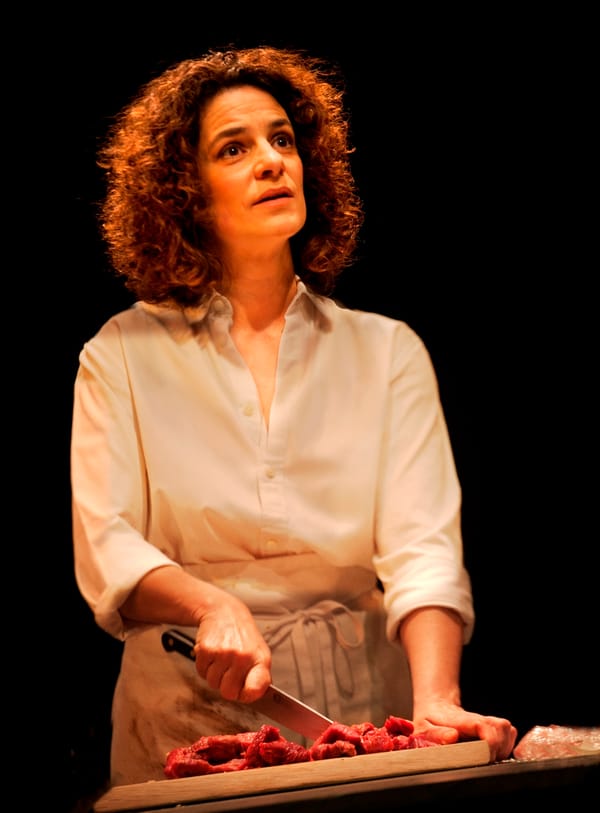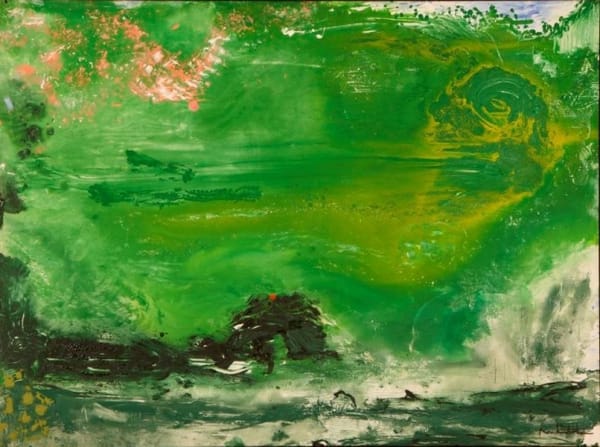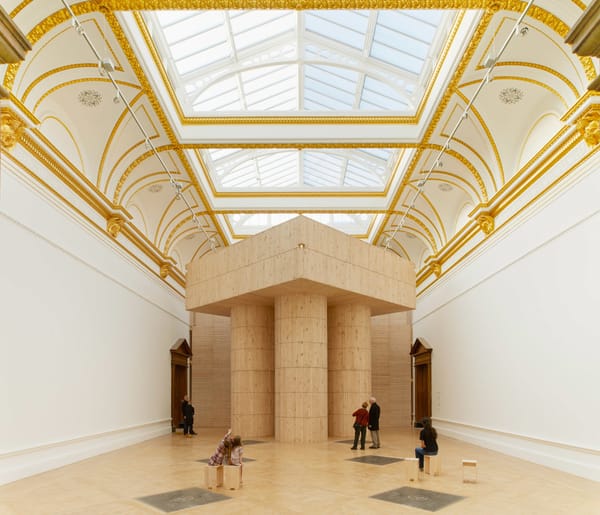What’s that in the background?
What are paintings all about anyway?
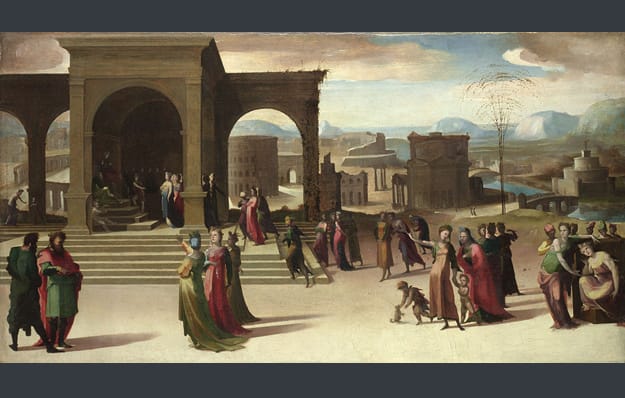
What: Building the Picture: Architecture in Italian Renaissance Painting
Where: National Gallery, WC2
When: Until 21st September
Price: FREE
What are paintings all about anyway? In the Renaissance, paintings mainly represent stories from Saints’ lives, mythology and history. Mary and Jesus are big players on the Renaissance canvas, mostly as a mother and baby duo but also found as adults, with Jesus shown performing miracles or wondering around doing biblical stuff.
You might be familiar with Gerome and his lion, the former resembling a hybrid between Father Christmas and your nicest tutor, the latter invariably looking adorable. Other minor saints often feature, as do stories from the Old Testament and mythological characters.
So now you know- that’s what Renaissance paintings mostly are about.
But is it? Building the Picture, a free exhibition at the National Gallery, challenges the centrality of the figures, reminding the viewers that the architecture in a painting is far more than just a backdrop. By assembling paintings from its permanent collection with a few loans (Sebastiano del Piombo’s Judgement of Solomon from the Kingston Lacy collection and Verrocchio’s Virgin Adoring the Christ Child from the National Gallery of Scotland), the exhibition walks the viewer through the role of buildings, streets and squares in Renaissance painting.
Buildings help tell the story, by creating different backdrops for the different characters. They tell you about the relationships between the characters, by providing hierarchical geometries or isolating certain figures in the painting. Sometimes, buildings do most of the story telling, by providing the time dimension in the painting. By showing ancient architecture, mixed with modern buildings, mythological stories can be shown as happening in the past while maintaining their real-world element.
The architecture of a painting can also be used to draw in the viewer, including the observer into the scene by creating side-line perspectives, in which you turn into a bystander, or by welcoming you into a large open space like a guest.
Finally, buildings give a fantastical or realistic feel to the scene, by reflecting true cityscapes (with which contemporary observers were familiar) or by deliberately mixing architectural styles anachronistically, creating made-up buildings for imaginary settings. In a world in which moving images were inconceivable, the setting of a scene had to convey the temporal dimension, the reality of a situation and the relationship between characters and viewer. That’s a lot of work for a pile of bricks in the background!
The exhibition also helps explain the role of painting in a city, by recreating the position of a tabernacle in a street. By showing an etching of the painting in its original location, this helps us understand the role that paintings had in a Renaissance city, in which small painting of saints were often to be found on street corners and buildings.
But more than just learning about the role of architecture in Renaissance art, visiting this exhibition will give you an excellent key to visiting early modern art galleries in general. It’s easy for your eyes to glaze over as you wonder around an art gallery, staring at painting after painting of Mary clutching baby Jesus or the three kings lined up neatly in front of a crib. The characters maintain their characteristic posture and dress in most painting because that’s how contemporary viewers recognise them. Ryan Gosling just wouldn’t be the same without his slicked back blond hair-do right? Same thing for Mary and blue dresses. So what really changes in paintings are the objects and buildings around the figures: the setting and the props are telling the real story. So next time you walk into a room full of chubby looking babies, stiff looking saints and far too many gold halos, don’t back out looking panicked. Have a good look at the real players, look at what the buildings are telling you about the picture.


